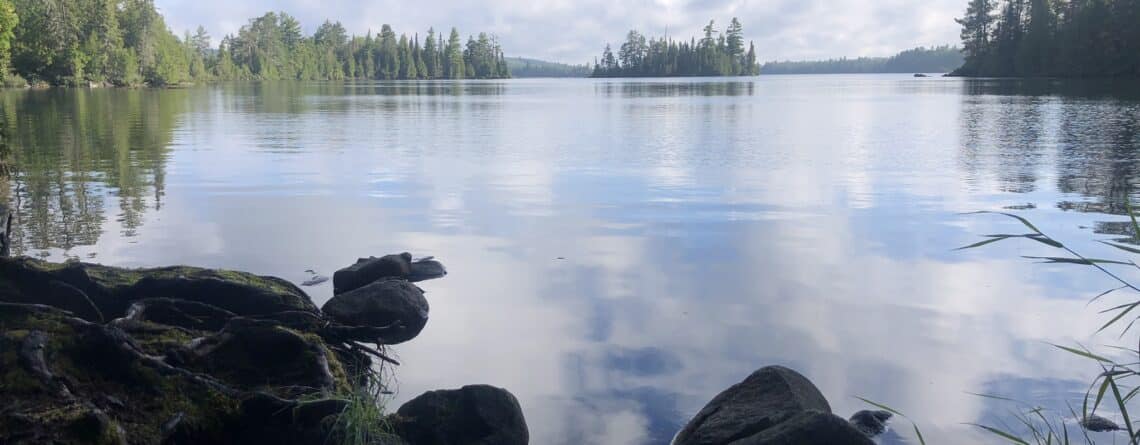How to Choose a BWCA Entry Point
If you missed out on snagging a permit for the Boundary Waters Canoe Area (BWCA) Wilderness after the opening date, fear not! While popular entry points might be fully booked after the opening date, there are still excellent opportunities for an unforgettable overnight paddle trip throughout the year.
Whether you’re navigating limited permits or planning at any time, here’s our recommended approach:
Firstly, pinpoint your available trip dates. While any day suits a BWCA adventure, weekends tend to see more wilderness enthusiasts, potentially leading to fuller first-come-first-served campsites. However, recent years have shown ample camping spots especially after a reduction in permit issuances in 2022. Generally, Sunday to Wednesday departures offer the most campsite availability.
Once your trip dates are set, head to recreation.gov to check permit availability. Then, dive into maps to compare entry points and their respective advantages. Consider:
- Distance: Determine your preferred trip pace—whether covering extensive ground or taking a leisurely journey. Ensure your chosen entry point grants access to multiple lakes and suitable routes. Check for marked portages between lakes to confirm accessibility. Should it be helpful, we have some great route suggestions available HERE.
- Day Trips: If day paddling from a base camp is on your agenda, assess the types of lakes available. Whether craving vast waters or intimate shorelines, map exploration helps align your preferences with entry point options.
- Fishing: Select lakes renowned for desired fish species. Some lakes boast superior populations of specific fish like lake trout or walleye, offering optimal angling experiences. If you are looking for tips and guidance when it comes to BWCA fishing, check out the fishing forum on the bwca.com website or the magazine from the folks over at Portage and Paddle – both are excellent resources.
- Hiking: Confirm hiking accessibility near your chosen entry point. While BWCA trails like the Border Route, Kekekabic, and Pow Wow trails offer scenic routes, expect varying trail conditions and vegetation density.
- Campsite Features: While not a top priority, consider campsite preferences. Larger groups may seek sites with multiple tent pads, while families with young children might prioritize proximity to water or mosquito-free zones. Explore online lake maps for additional campsite details and user insights.
Once you’ve weighed these factors, select the entry point aligning best with your criteria and secure your permit on recreation.gov.
—
Happy planning! For further assistance, gear recommendations, or trip planning support, don’t hesitate to reach out via phone or email.


